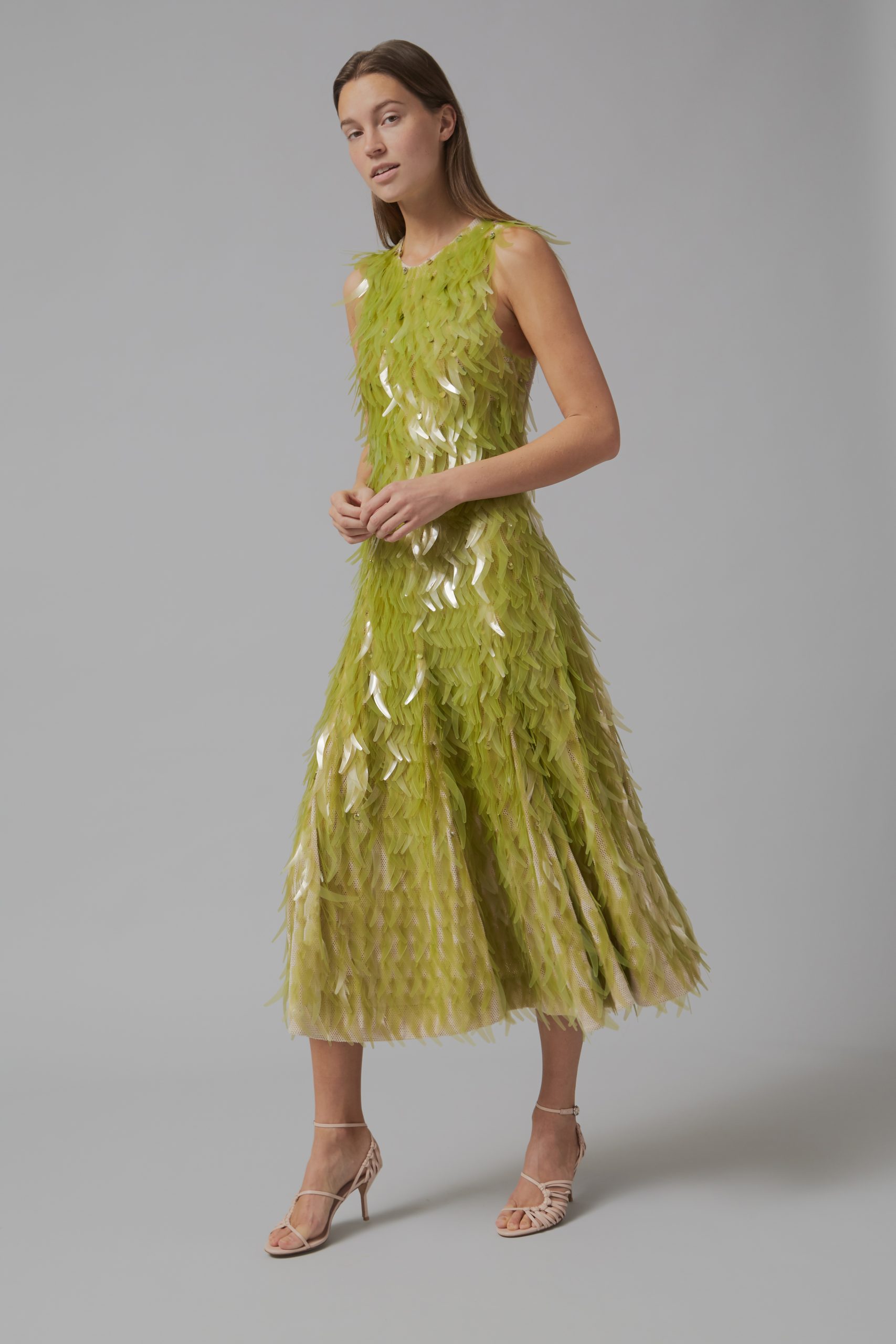“Outsiders disrupt industries by asking the right questions that insiders are afraid to ask, and that’s where true innovation begins.” – Simon Sinek
For progression to occur, we must either turn to those who are willing to ask the toughest questions and daringly challenge the status quo, or throw caution to the wind and do so ourselves. Recognising perspectives is a fine art. An integral part of becoming a leader in any industry. For the fashion industry in particular, during this time of climate crisis, collaboration is our only hope. Connectivity between a wide span of fields is needed to leverage the goals and aspirations of creatives, scientists and engineers alike, tirelessly working together to resolve some of the most pressing issues of today. The fashion industry is calling for diverse perspectives, futurists, problem solvers, innovators and pioneers of ethical and sustainable practices. So called, “outsiders” aren’t as far from the action as one would think. They’re the hands that assist in crafting a brighter future.
As eyes widen to the impact of destructive practices within the industry, the houses of previously adored fast fashion brands have crumbled, revealing their not so glamorous interiors.
JUST BEING “TRENDY” WON’T CUT IT ANYMORE.
It’s not enough to have the most sought after materials, cuts or patterns. It’s not enough to have an influencer or celebrity sport a look or go trending on Tik Tok and it’s not enough to fill the global shelves. Now more than ever, the emphasis is on being more than a designer. To be a valuable, respected member of the fashion industry, one must be a forward-thinker, a fearless creator and outsourcer. Someone with the ability to reach out to those who are on the ground, seeing and experiencing the impact of the industry first-hand. Creatives propose the ideas while scientists and engineers aid in bringing those ideas to life. In seemingly unimaginable ways, technological advancements and scientific breakthroughs continuously promote a future free from the horrors of past malpractices.
Sway is one of the many powerhouse teams leading the way for the fashion industry and beyond. After winning the Tom Ford Plastic Innovation Prize in 2023 and raising $5 million in a seed funding round just last month, this California based start-up is making waves with their biopolymer resins that are able to replace flexible plastics. Using seaweed, TPSea is a 100% compostable and microplastic-free alternative that, with some additional support, may be integrated into mass production industries. A material like TPSea has the potential to eradicate the production of synthetic clothing that contains nasty microplastics among other harmful additives.
Amongst the mix of industry miracle workers is well respected Stella McCartney. McCartney is a prime example of a leader who isn’t afraid to fuse the worlds of art and science to benefit the Earth and its inhabitants. Partnering with Banana Tex®, Stella McCartney debuted a bag made from banana plants. Banana Tex® is a first of its kind biodegradable, vegan and low impact biomaterial. The bag, launched as part of Stella McCartney’s Autumn 2023 Collection, gave Banana Tex® the added exposure needed to continue evolving and shifting the face of the industry. Co-Founder and CEO Hannes Schoenegger described it as “an important milestone”. The team at Stella McCartney tirelessly seek out ways to make science fashionable. Using the Banana Tex® as an example, it’s admirable how accessible and comprehensible biomaterials are when they’re presented in a familiar way. In this case, as an item we carry around with us nearly every day.
On the tech front, luxury brands are scrambling to make use of rapidly shifting technology and digital waves. The landscape of marketing is ever-changing which makes digital marketing specialists highly sought after.
THE DELICATE BALANCE BETWEEN KEEPING UP AND LOOKING TACKY.
In recent years it’s become imperative to make use of the era of digital addiction. Luxury brands like Burberry teamed up with Google to provide AR shopping experiences. Chanel teamed up with Farfetch to create AR smart mirrors, enhancing the physical shopping experience. Gucci utilised Snapchat lenses to create shoppable filters. The demand shows no signs of slowing down, but as these digital features become more normalised to the general public, the pressure of staying ahead grows, as does the risk of appearing tacky and outdated. Regardless of the industry, there’s an unremitting obligation to challenge the status quo. A true pioneer knows when to reach out of their field and into another.
Overall, the fashion industry wouldn’t be the thriving industry it is today without the everyday citizen. Outsiders around the world have peered into the window of the industry and flagged some of the major issues surrounding inclusivity and diversity. One of the things that keeps the fashion industry alive is the notion that at its core, there are no outsiders, at least, there shouldn’t be. Fashion is for everyone and should be shared fairly regardless of who you are, where you come from or how you identify. It’s why fashion continues to be the universal language of self-expression.
Written by Ashley Jade Callahan from GLITCH Magazine





